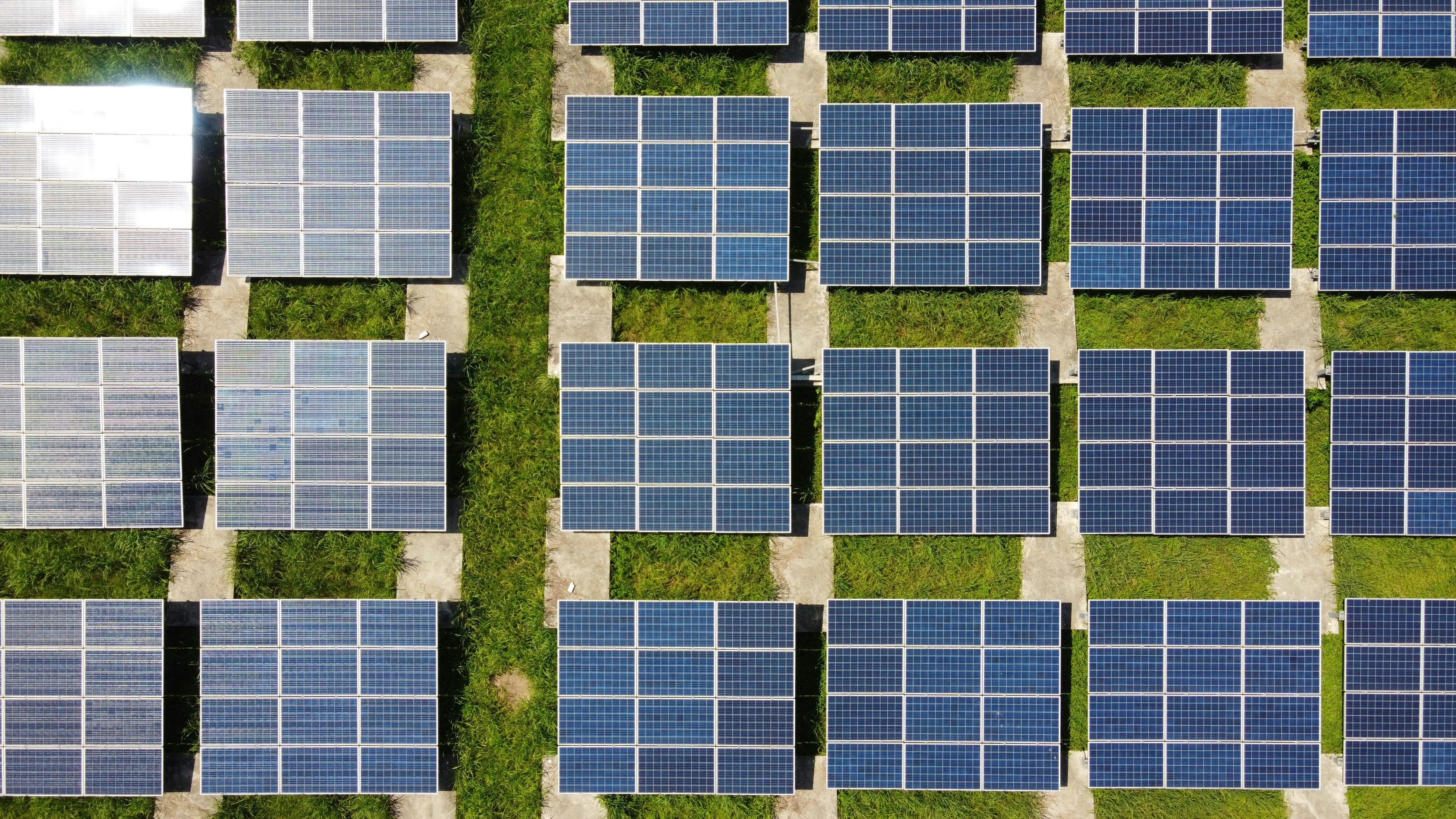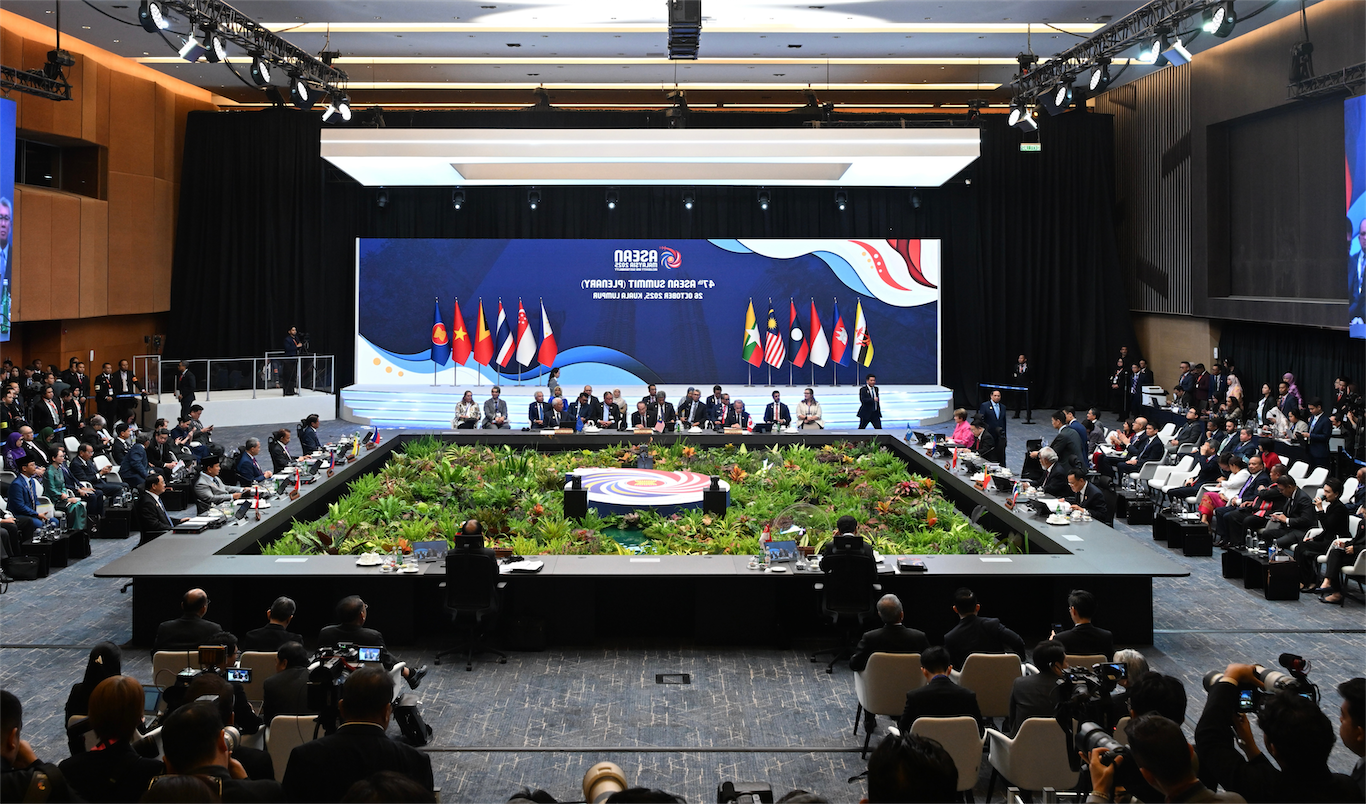Globally, green finance has gained momentum, with significant growth in green bonds, carbon markets, and sustainable investment funds. Financial institutions are embedding environmental, social, and governance (ESG) criteria into investment strategies, signaling a shift in global capital flows. This growth trend is also observed in Southeast Asia, with countries like Indonesia, Thailand, and Vietnam implementing green bond frameworks, while others are collaborating with regional platforms such as the ASEAN Catalytic Green Finance Facility (ACGF). However, persistent issues such as limited private sector engagement and the absence of standardized metrics hinder progress. Addressing these challenges through coordinated, region-specific strategies will be key to unlocking the region’s green finance potential.
To analyze green finance in Southeast Asia, we categorize its key components into four aspects: regional progress and conditions, regulatory frameworks, governance, and financial instruments.
• Regional condition and dynamics reflect the evolution of green finance over time and its impact on Southeast Asia.
• Policy and regulation encompass the regulations and standards adopted to support green finance in the region.
• Governance refers to how green finance initiatives are managed and monitored by regulators, financial authorities, and industry stakeholders.
• Financial instruments include the various tools used in the green finance landscape, such as green debt instruments and carbon pricing policies.











